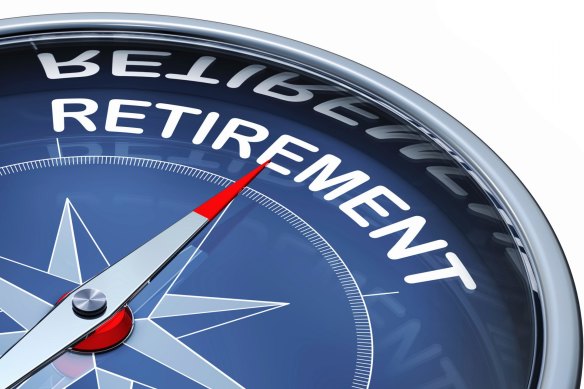
I’m 54 and exhausted by work. Can I afford to retire early?
Save articles for later
Add articles to your saved list and come back to them any time.
I’m 54 and had expected to work until at least 60. But I’m exhausted. I’m increasingly thinking I can’t stick it out. How can I determine with a high level of confidence if I can afford to retire? I own my home and have no dependents.
I need to start off by giving a plug to my profession. This type of work is precisely where financial planners can add value by conducting financial modelling for you and comparing different scenarios. Given a decision around early retirement is not one that can be easily reversed later in life, I’d suggest the cost involved in getting some professional help would be a good investment.
Retiring before 60 is definitely possible, but requires a bit of careful calculation and planning.Credit: Frank Peters
That said, I’m assuming what you’re looking for is a DIY solution for now, so here’s what I would suggest.
Step one, determine how much income you need. If you don’t know how much you’re spending now, a bit of time going through your bank and credit card statements will give you the answer. Once you know how much you’re currently spending, think about how that might change in retirement. Would your travel costs go up or down, for instance?
Next is superannuation. This will provide the bulk of your retirement solution from age 60 onwards. We want to start by having confidence that you will have sufficient funds to last throughout your lifetime.
There are two tools on the MoneySmart website that you should use in combination. First, go to their Superannuation Calculator to determine the projected value of your super at age 60. Next, go to their Retirement Planner to understand the level of income these superannuation savings will produce. This tool also provides an estimate for the Age Pension, which may be important in stretching out your retirement savings and providing long-term financial security.
Having crunched the numbers in these two tools you will know whether you are currently OK from age 60 onwards.
Let’s assume you’ve determined that your superannuation savings will be adequate for your post-age 60 needs. The next step is to solve for the period between now and then.
There are multiple potential solutions here. You could draw down on your savings, use investment income, or sell down investments. Back-of-the-envelope numbers usually aren’t too difficult here. For instance, at 54 you’ve got six years until you can access your super. If you need $50,000 a year to meet your living costs, then over six years you would need $300,000.
If selling down investments is part of your solution, be sure to allow for capital gains tax and any other transaction costs. Also consider lump sum expenses like car changeovers.
You might also consider shifting from full-time to part-time work as a way to get a better balance. Potentially this part-time work is the solution to get you through until age 60, and perhaps beyond.
If you’re struggling to make the numbers stack up another potential solution is to downsize or tree change to free up equity in your home. If you’re in one of our expensive capital cities, perhaps you could move further out, or into something smaller, and use the freed up cash to help meet your living costs.
When thinking about the adequacy of your retirement savings, a common challenge is to know how long you need to provide for. The rule of thumb I suggest here is to look up your statistical life expectancy and add 20 years.
Paul Benson is a Certified Financial Planner, and the host of the Financial Autonomy podcast. Send your questions to: [email protected]
- Advice given in this article is general in nature and is not intended to influence readers’ decisions about investing or financial products. They should always seek their own professional advice that takes into account their own personal circumstances before making any financial decisions.
For expert tips on how to save, invest and make the most of your money, delivered to your inbox every Sunday, sign up for our Real Money newsletter here.
Most Viewed in Money
From our partners
Source: Read Full Article
